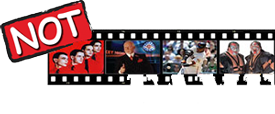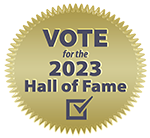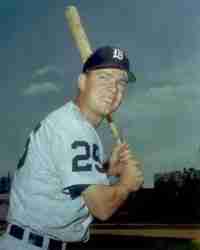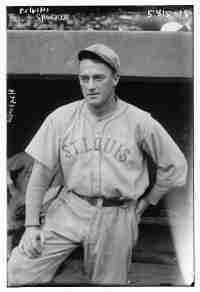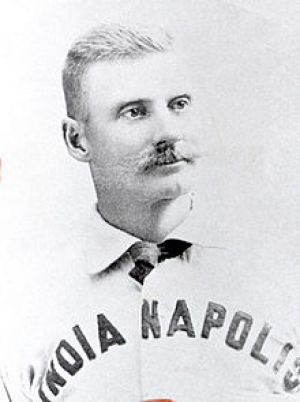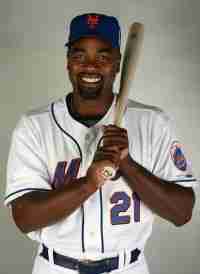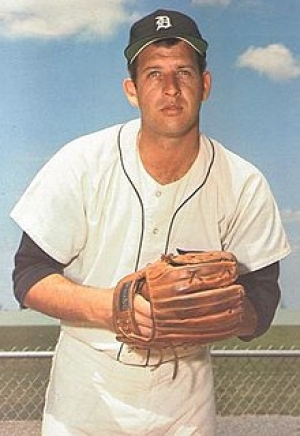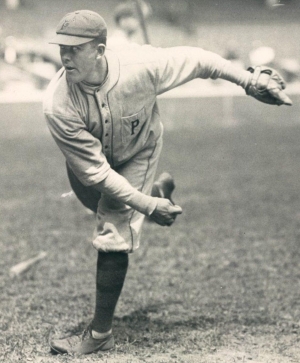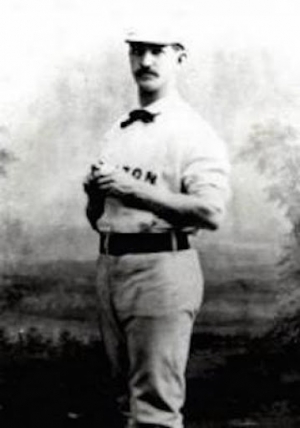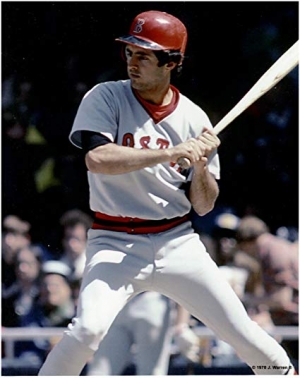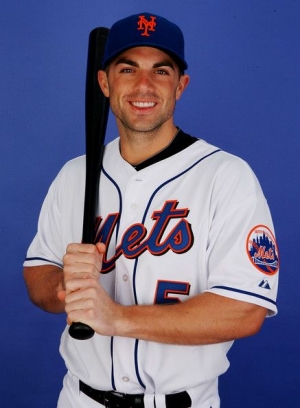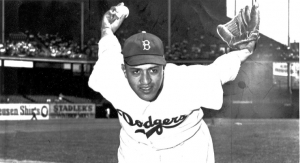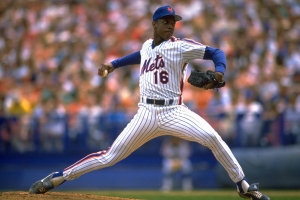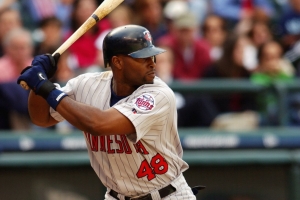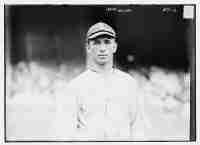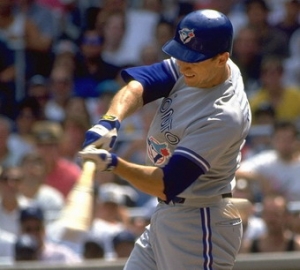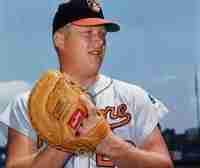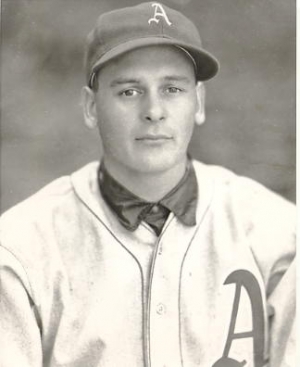Baseball
Established in 1936, and currently based in Cooperstown, New York, the Baseball Hall of Fame may be the most prestigious of any Sports Hall of Fame. Although Baseball may have taken a backseat to Football in recent years, there is no doubt that Baseball’s version of the Hall of Fame is by far the most relevant and the most difficult to get enshrined in. At present, a player has to receive seventy five percent of the votes from the Baseball Writers Association of America, which has proven to be no easy task. Failing that, a player could be inducted by the Veterans committee, though few have been inducted this way. Our list will focus on the players only, and although we could easily do a tally focusing on mangers, broadcasters or other vital personnel, as always it is far more enjoyable to discuss the merits of those on the field as oppose to those off of it.Until Then, Let’s get some peanuts and cracker jacks and cast some votes of our own!
Sincerely,
The Not in Hall of Committee.
How is it possible to hit .361 and hit 41 home runs without anyone noticing? The answer is to perform that incredible feat the same year that Roger Maris hit 61 Home Runs.
Seriously, is this not the coolest name on this list? Just that name alone would make him a star in any era. Make no mistake, Shocker was a star, but as his best years were with the St. Louis Browns, he was often not in the spotlight despite having dominating seasons in the early 1920s.
The baseball historians have been batting a kind eye to Jack Glasscock, who many have regarded as the best defensive infielder of the 1880s.
One of the more consistent hitters in his era, Carlos Delgado was only named to two All Star teams due to the glut of top tiered First Basemen in his time. He had great power numbers (473 Home Runs and 1,512 Runs Batted In) and had a very good career OPS of .929 which sound like Hall of Fame numbers, but his career WAR of 44.3 while although good, is not on par with a lot of the current players they are looking at.
Mickey Lolich spent most of his career with the Detroit Tigers, where he was a proven starter for a dozen seasons in Motown.
Playing all but one game of his career with the Pittsburgh Pirates, Babe Adams was one of the best control Pitchers of his day.
We are going way back for this one, as the career of Tommy Bond began in 1874, where he became the first Irish born baseball player to be a professional.
Nobody shot out of the gate quicker than Fred Lynn, as he made history when in 1975, he became the first player in Major League history to win the Rookie of the Year and the MVP in the same season. As the other one who accomplished that feat was Ichiro Suzuki, who was already an established veteran of the Japanese Leagues, this is a beyond spectacular achievement.
Playing his entire career with the New York Mets, David Wright would become one of the better Third Baseman in his time in baseball.
Don Newcombe was more than a great Pitcher, as he was a trailblazer in terms of African Americans in baseball.
There was a time that Dwight Gooden was the best Pitcher in baseball, but as we know, drug use rendered him a shell of what he was well before his time. One of the incredible things about his career, though, was how long he played and remained a serviceable hurler.
Torii Hunter had an excellent career, and the man they dubbed "Spider-Man" was a SportsCenter highlight reel with his acrobat catches. Hunter would win 9 Gold Gloves and was also decent with his bat, earning a pair of Silver Sluggers.
How many times is an athlete described as “small in stature but big in heart”? This analogy has been used more times than we can determine but far too often but it was an accurate assessment when describing the turn of the century ballplayer, Tommy Leach.
There are many people who think of John Olerud only as the guy who wore a batting helmet in the field, which he did so to protect his skull as (he had a brain aneurysm as a teenager. He was undoubtedly a lot more than that!
History has given the pitching staff much of the credit for the World Series Runs of the Baltimore Orioles in 1966 and 1970, but it was the heavy-hitting Boog Powell who was the favorite of the fans in Maryland.
Although Wilbur Cooper is considered one of the best pitchers in the history of the Pittsburgh Pirates, it was so long ago, his legacy is often forgotten. From 1917 to 1924, Cooper was at his best and was in the top ten regularly in virtually every pitching category in the National League. He was the first left hander in the NL to hit 200 wins, but his overall total in that department did not exceed much more than that. Advanced metrics have given Cooper a bit more of a look again, but at the very least he should be remembered…
The Philadelphia Athletics had a powerhouse team in the early 1930s, but the Great Depression would see the owner, Connie Mack, unload his best players to keep the team afloat. As such, there was not a lot of talent left for the Athletics afterward, but Bob Johnson was an exception to that rule.
If Baseball truly is an International game, then we would like to name Julio Franco as its Global Ambassador.
